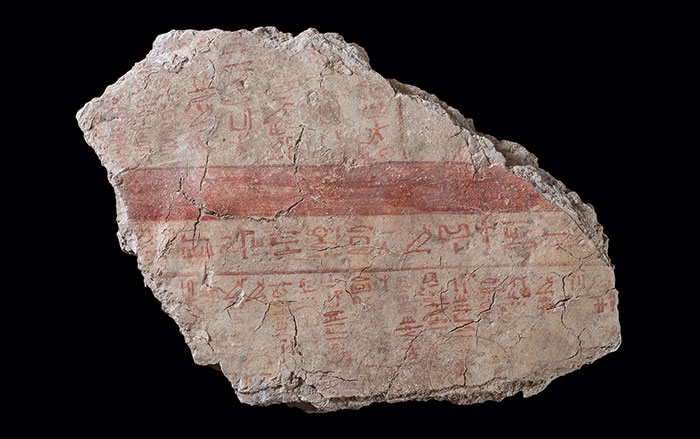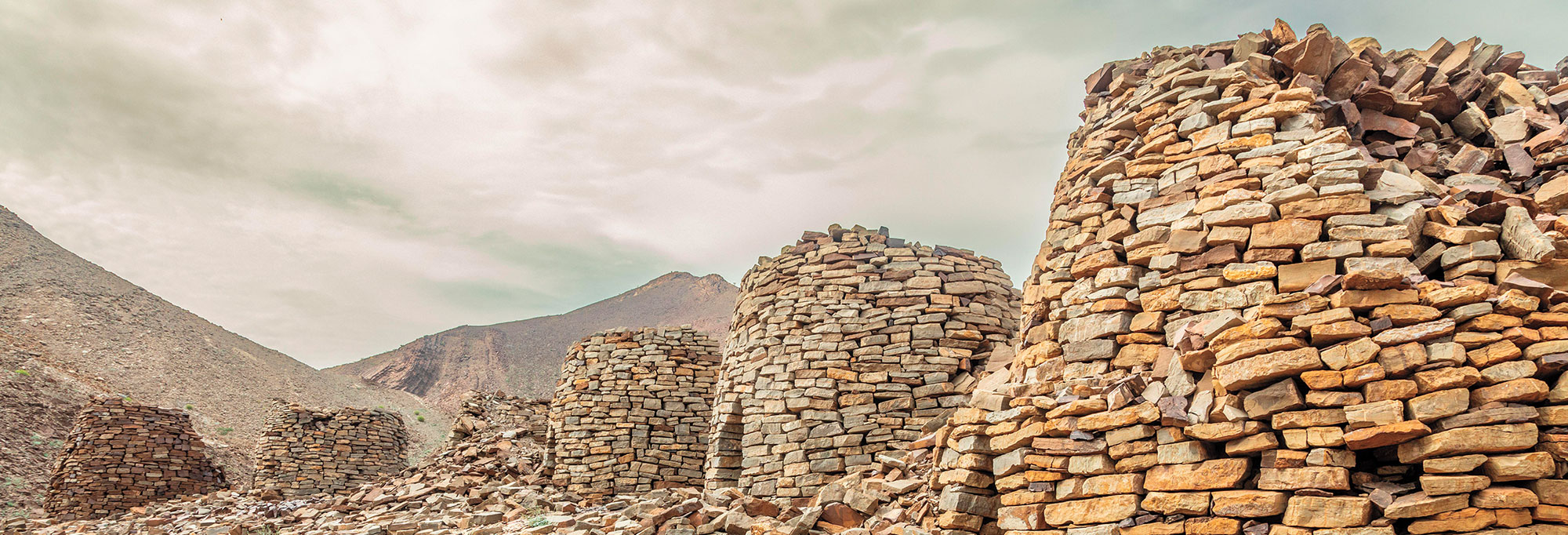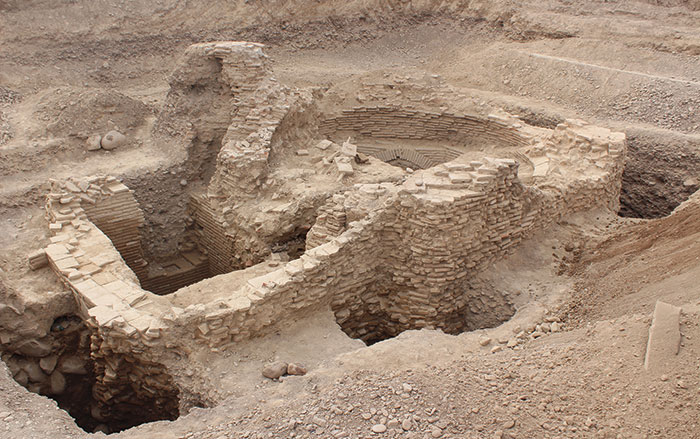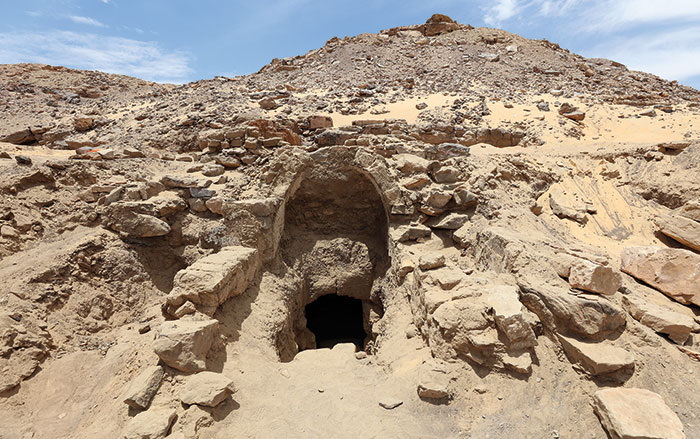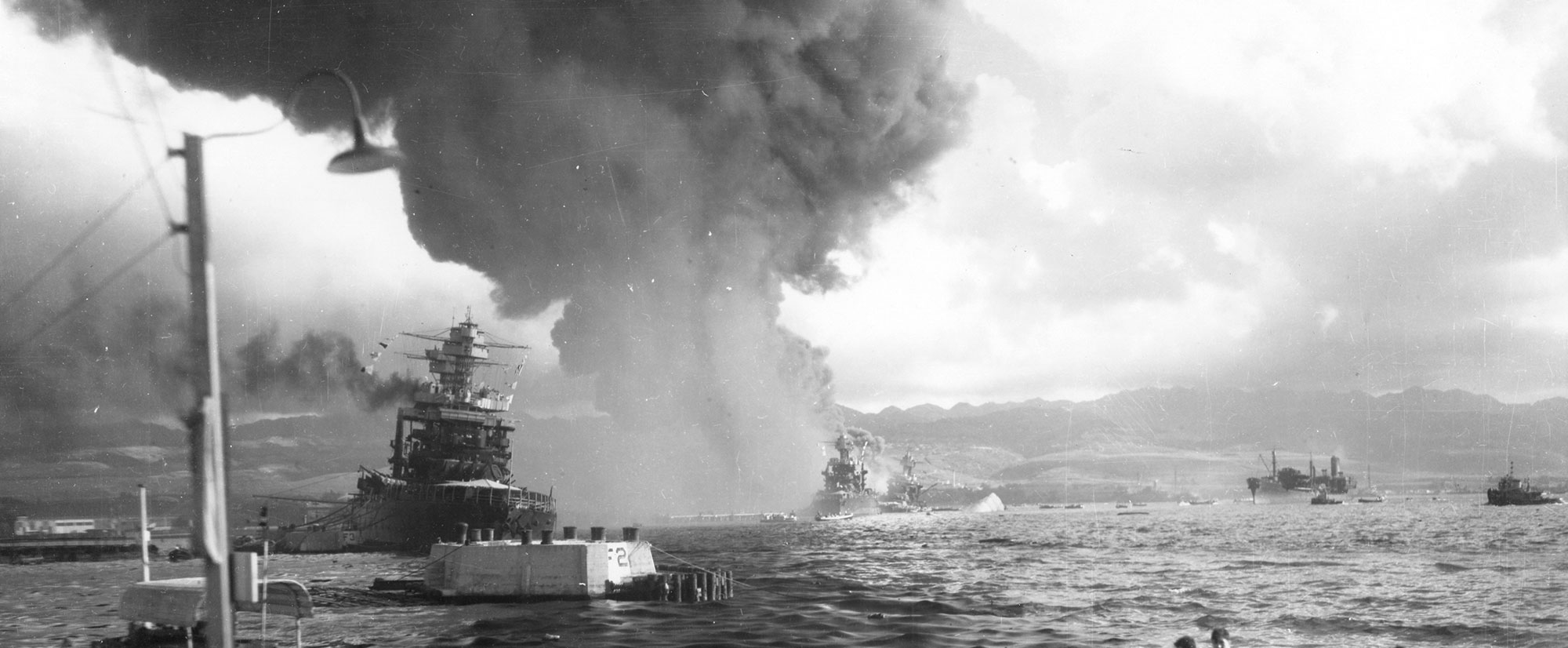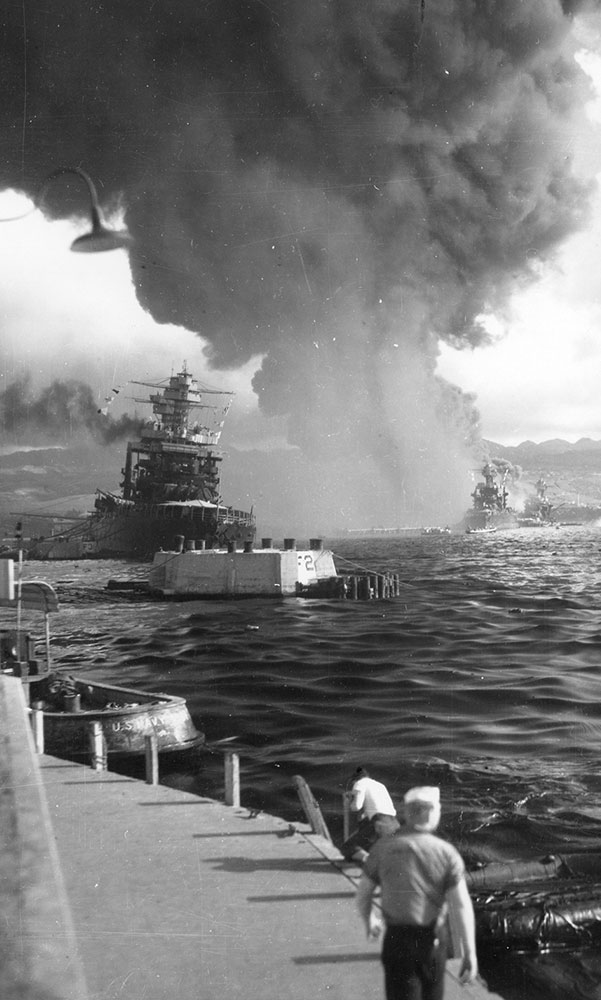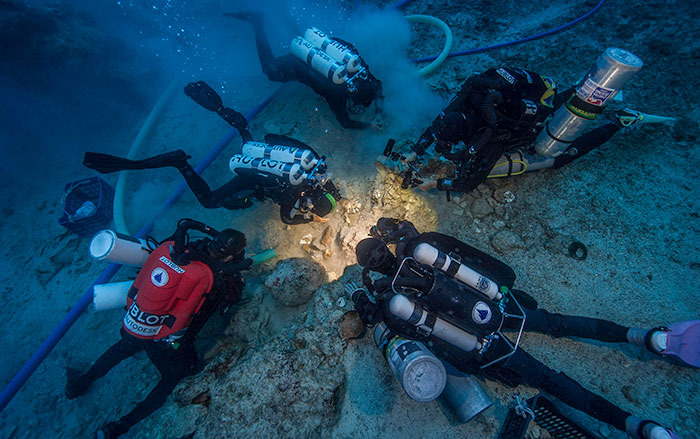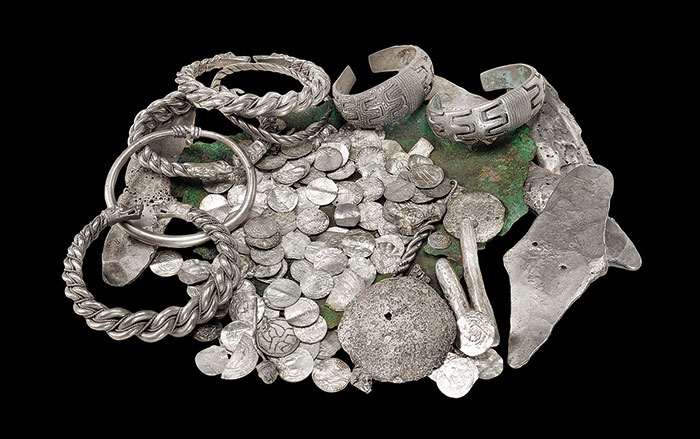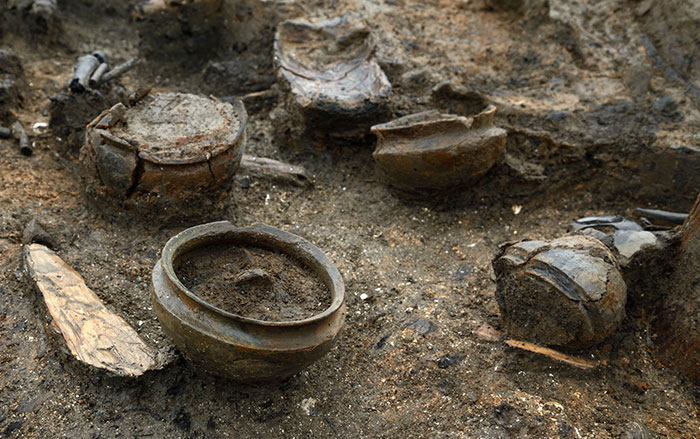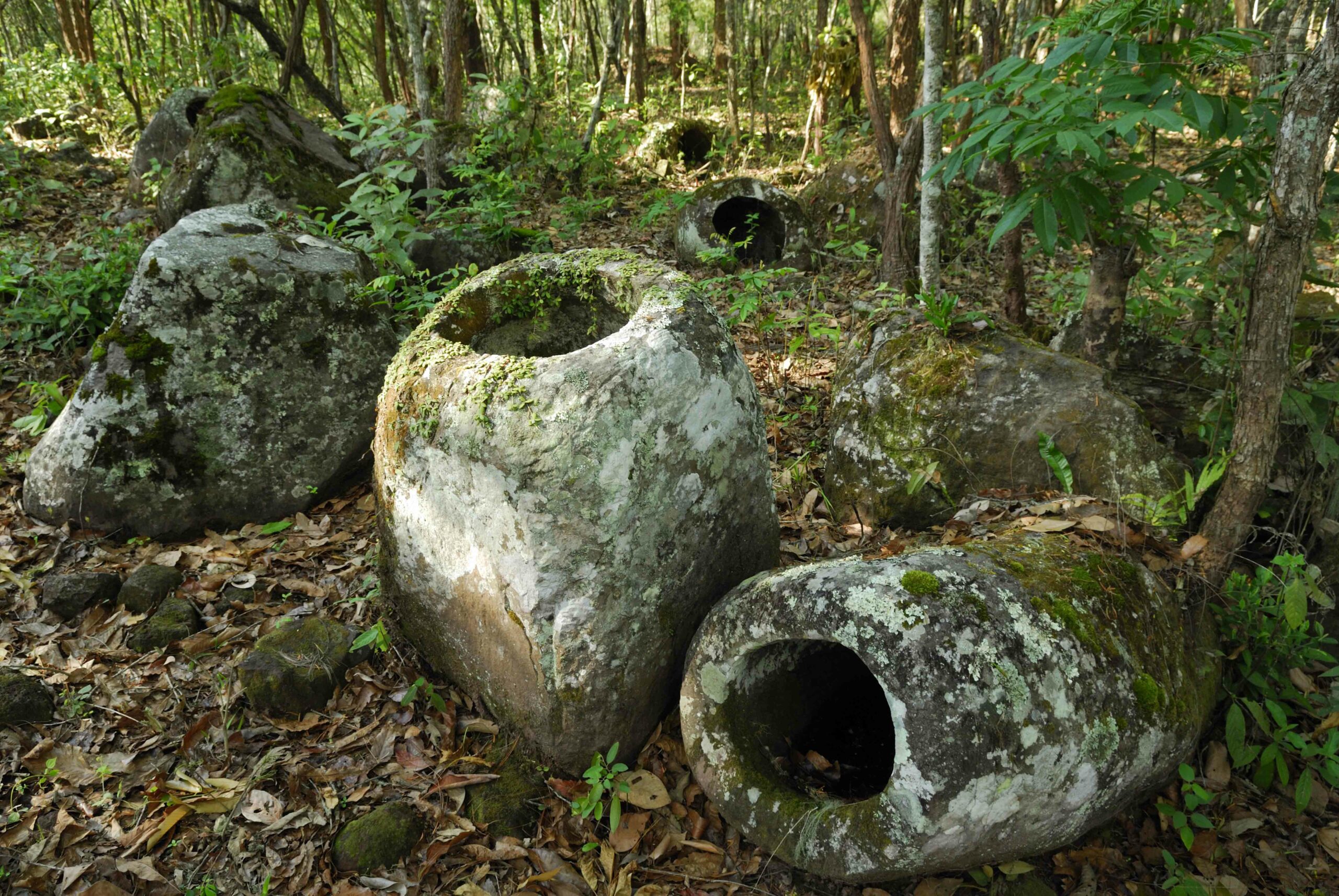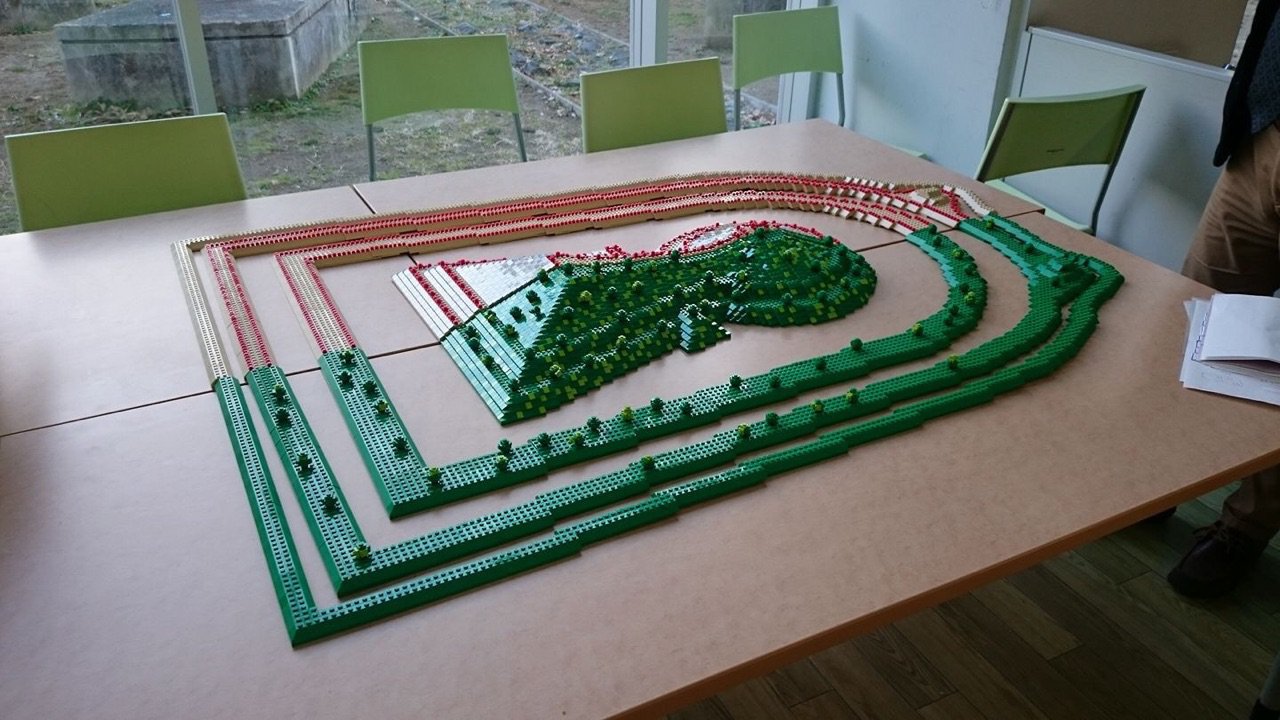
OSAKA, JAPAN—The Asahi Shimbun reports that students in Osaka University’s LEGO Users' Group (OULUG) assembled a 1:560-scale model of the keyhole-shaped Nintoku-ryo burial mound and the moat that surrounds it with more than 10,000 plastic bricks. The students examined the shape of the fourth-century mound at the Osaka Prefectural Chikatsu-Asuka Museum, and used 3-D computer images, aerial photographs, and Lego’s modeling software to plan the miniature replica. Half of it was covered with white bricks to simulate what the tomb may have looked like when it was built. The other half was covered in green bricks to represent the trees that now grow over the mound. A stone coffin, swords, and glassware were placed inside the model. “Our (model) burial mound ended up being more realistic than we had ever thought,” said engineering student Satoshi Osako, deputy head of OULUG. The project was commissioned by the local government in an effort to interest children in the bid to have Japan’s Mozu and Furuichi burial mound clusters added to UNESCO’s list of World Heritage sites. To read about a LEGO model of the Antikythera Mechanism, go to “Artifact.”


